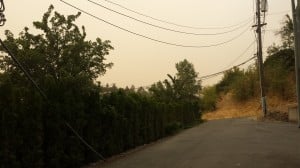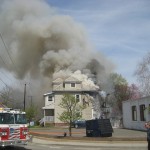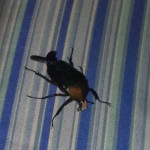In this week’s ponderings provoked by Seeking the Mystery, I’m looking at my sense of place through the lens of the sacredness of materiality, bodies and sexuality.
Today is the final day of the feast of Lugh, also known as Lammas or Loaf mass. We bake bread as a sacred act. We eat that bread as a spiritual act and an act of community. We are literally connected to the earth: we chew and ingest and digest the grain; we absorb its nutrients. Without other beings in place with us, we would not be.
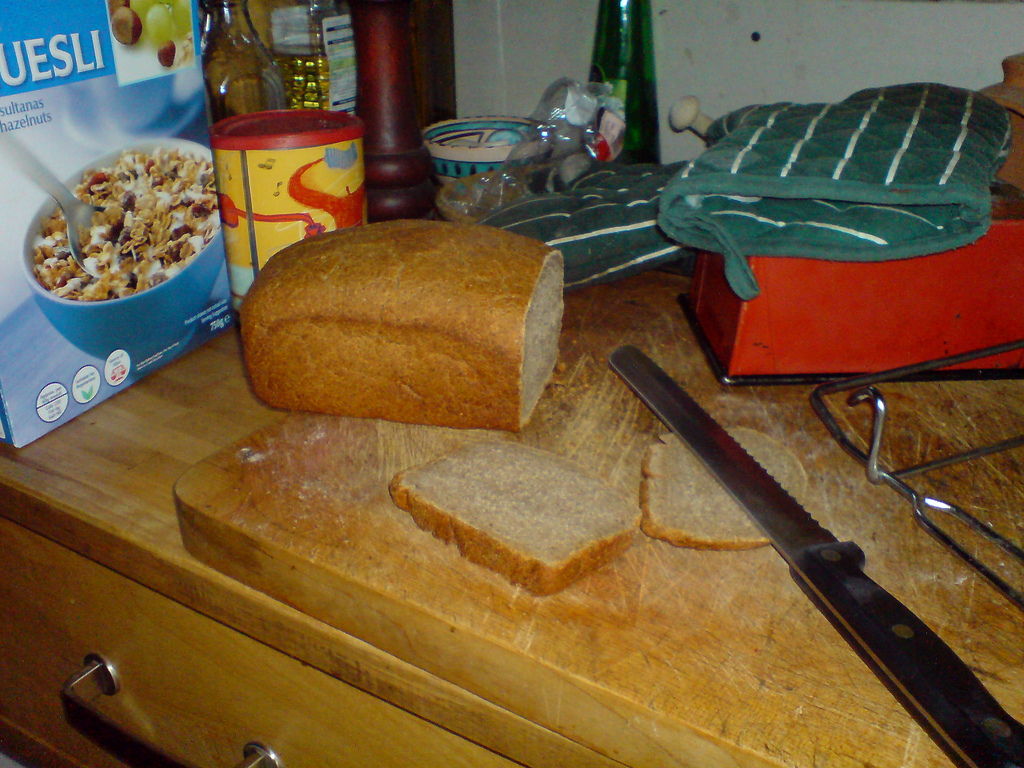
There are very few grains I can eat, I’m not meant to have yeast, and I find I don’t have the patience any longer to make sourdough from scratch. So instead of baking my own bread this year, I baked a cake. The flour and soya milk and margarine aren’t local, but the sugar is made from English sugar beet, and eggs are from just down the road. I can still keep the spirit of the feast, honour and celebrate the sacredness of matter, of the land, and of my body.
The source of all this material bounty, the earth, is often personified as Mother in Pagan traditions – for She gives birth to all life, including our own, and provides the source materials of our shelter, food and clothing. Our chants and songs declare, “The Earth is our Mother: we must take care of Her,” or “Mother Earth carry me; your child I will always be.”
But is the relationship of child to mother one we should continually be reinforcing? Yes, it emphasises how we are needy in the face of Life, rather than masters of all we survey, but it can also get in the way of accepting responsibility for the materials and spiritual crises of our own making which affect the world. How long can we keep turning to our Mother the Earth to ‘make it all better’?
One answer to that question is that we can’t. Artists Elizabeth Stephens and Annie Sprinkle are exploring and sharing a new metaphor of relationship between humans and the Earth – no longer that of Mother, but that of Lover, which they call ecosex. To quote from the first two principles of the Ecosex Manifesto:
“The Earth is our lover. We are madly, passionately and fiercely in love, and we are grateful for this relationship each and every day… We treat the Earth with kindness, respect and affection… We shamelessly hug trees, massage the earth with our feet, and talk erotically to plants. We are skinny dippers, sun worshipers and stargazers. We caress rocks, are pleasured by waterfalls, and admire the Earth’s curves often…. We are very dirty.”
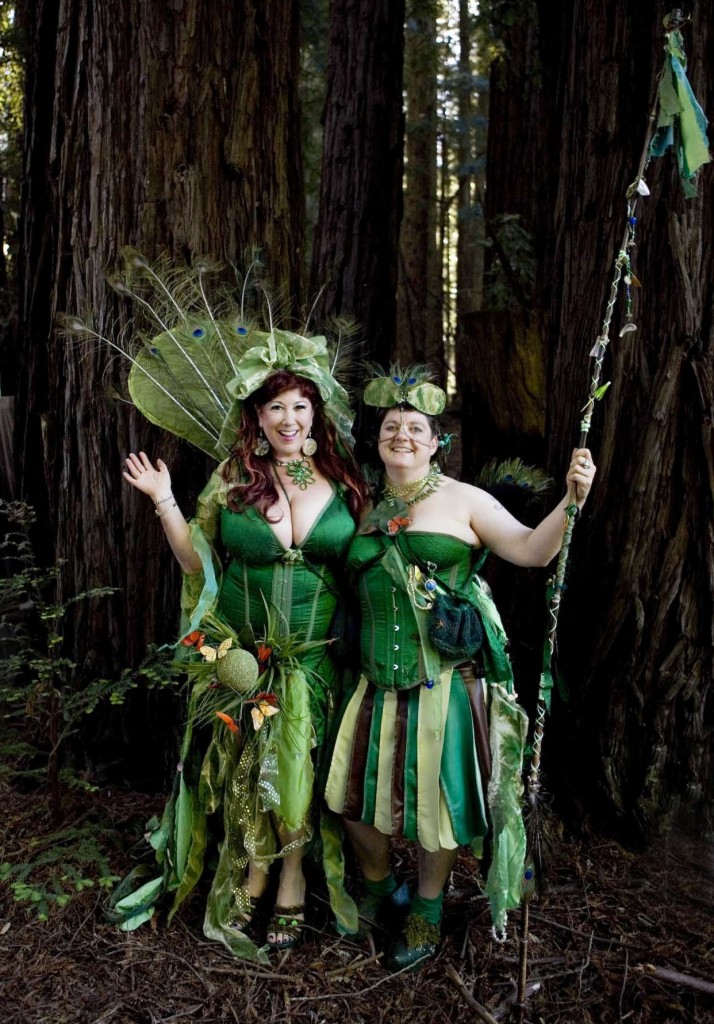
The Ecosex movement is very young, but it is one that I, for one, would love to see expand, rapidly and globally. It connects the erotic with the ecological in a way which aims to create a new kind of environmental activism, one which for me hits to the heart of the fundamentally material, bodily and sexual nature of sacredness in Pagan traditions.
As Stephens and Sprinkle might say, we can’t keep suckling on the Earth’s tit forever – at least, not for Her milk.







